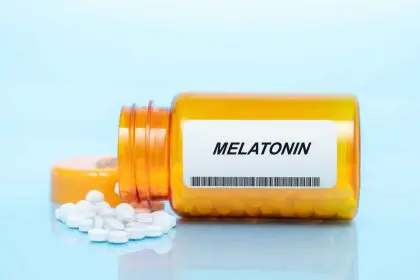Water, often hailed as the elixir of life, assumes a pivotal role in our body’s intricate symphony of healing, particularly amidst the throes of fever. In the delicate tapestry of health and wellness, hydration emerges as a stalwart hero, wielding immense power in facilitating recovery from fever-induced maladies.
When fever strikes, our bodies embark on a tumultuous journey of physiological responses. Elevated temperatures trigger heightened perspiration, leading to substantial fluid loss. It is precisely during these challenging moments that maintaining optimal hydration becomes nonnegotiable.
The essence of water, fundamental to human physiology, serves as a linchpin, orchestrating various bodily functions. Its significance lies in its ability to aid nutrient transportation, regulate body temperature, and facilitate the removal of toxins. Amidst the fever’s turmoil, the body’s demand for water escalates, fueling its tireless efforts to combat the underlying causes of heightened temperatures.
The importance of hydration
At the onset of illness, especially fever, our bodies undergo a cascade of physiological responses. Elevated temperatures trigger increased sweat production, leading to fluid loss. It’s during these times that maintaining optimal hydration becomes paramount.
Water, the fundamental component of human physiology, acts as a regulator, facilitating various bodily functions. It aids in nutrient transport, temperature regulation, and toxin removal. When fever strikes, the body’s demand for water escalates, as it works tirelessly to combat the underlying cause of the elevated temperature.
Hydration’s impact on fever recovery
Studies have shown a direct correlation between hydration levels and the body’s ability to fight off infections. Proper hydration supports immune function, enabling immune cells to efficiently travel through the body and combat pathogens.
Moreover, adequate hydration aids in reducing the viscosity of mucus, easing congestion and facilitating the body’s natural defense mechanisms. It helps in flushing out toxins, promoting the elimination of waste products produced during the body’s battle against fever-inducing pathogens.
Tips for optimal hydration during fever
1. Regular Water Intake: Consume water at regular intervals, even if not feeling thirsty. This helps maintain hydration levels.
2. Hydration-rich Foods: Incorporate water-rich foods like fruits (watermelon, oranges) and vegetables (cucumbers, tomatoes) to supplement fluid intake.
3. Electrolyte Balance: Consider electrolyte-rich beverages or oral rehydration solutions to restore electrolyte balance lost during fever-induced sweating.
4. Avoid Dehydrating Substances: Limit intake of dehydrating substances like caffeine and alcohol, which can exacerbate dehydration.
5. Monitor Hydration Signs: Pay attention to signs of dehydration such as dark urine, dry mouth, or dizziness. Seek medical attention if dehydration persists.
In the relentless struggle against fever and its accompanying afflictions, water stands as an unwavering ally, an essential element in the quest for recovery. Its significance transcends mere sustenance; it’s a fundamental force in maintaining equilibrium within our bodies.
Hydration, the cornerstone of wellness, is a catalyst in fortifying the body’s defenses against fever-induced challenges. Its multifaceted contributions include bolstering the immune system, facilitating the expulsion of toxins, and alleviating symptoms. Through these actions, hydration becomes an indispensable companion in the journey back to health.It’s imperative to recognize that while water may seem simple, its impact on well-being during fever is profound. Let it flow generously and abundantly, nurturing your body’s innate healing mechanisms.
This story was created using AI technology.














